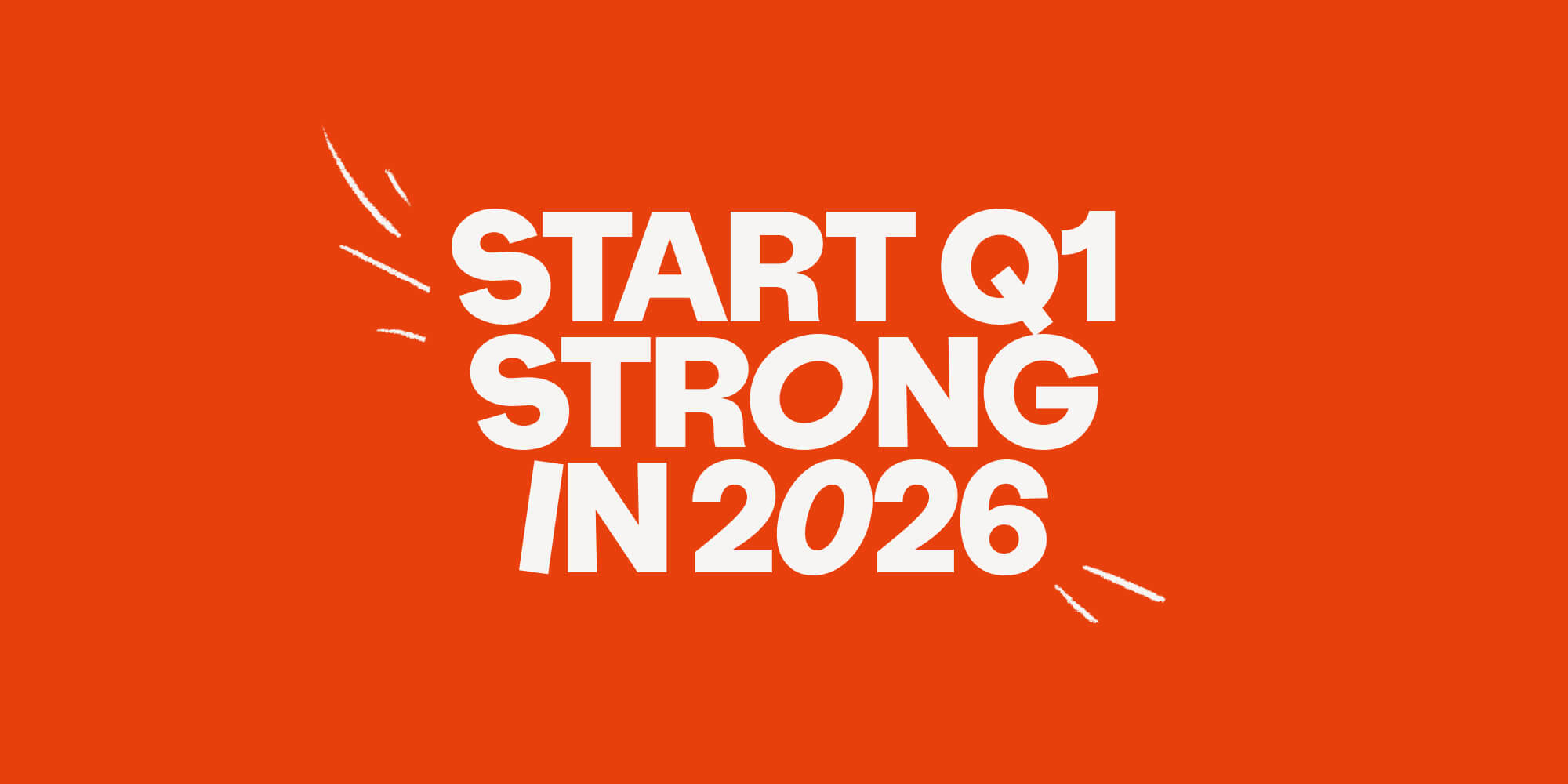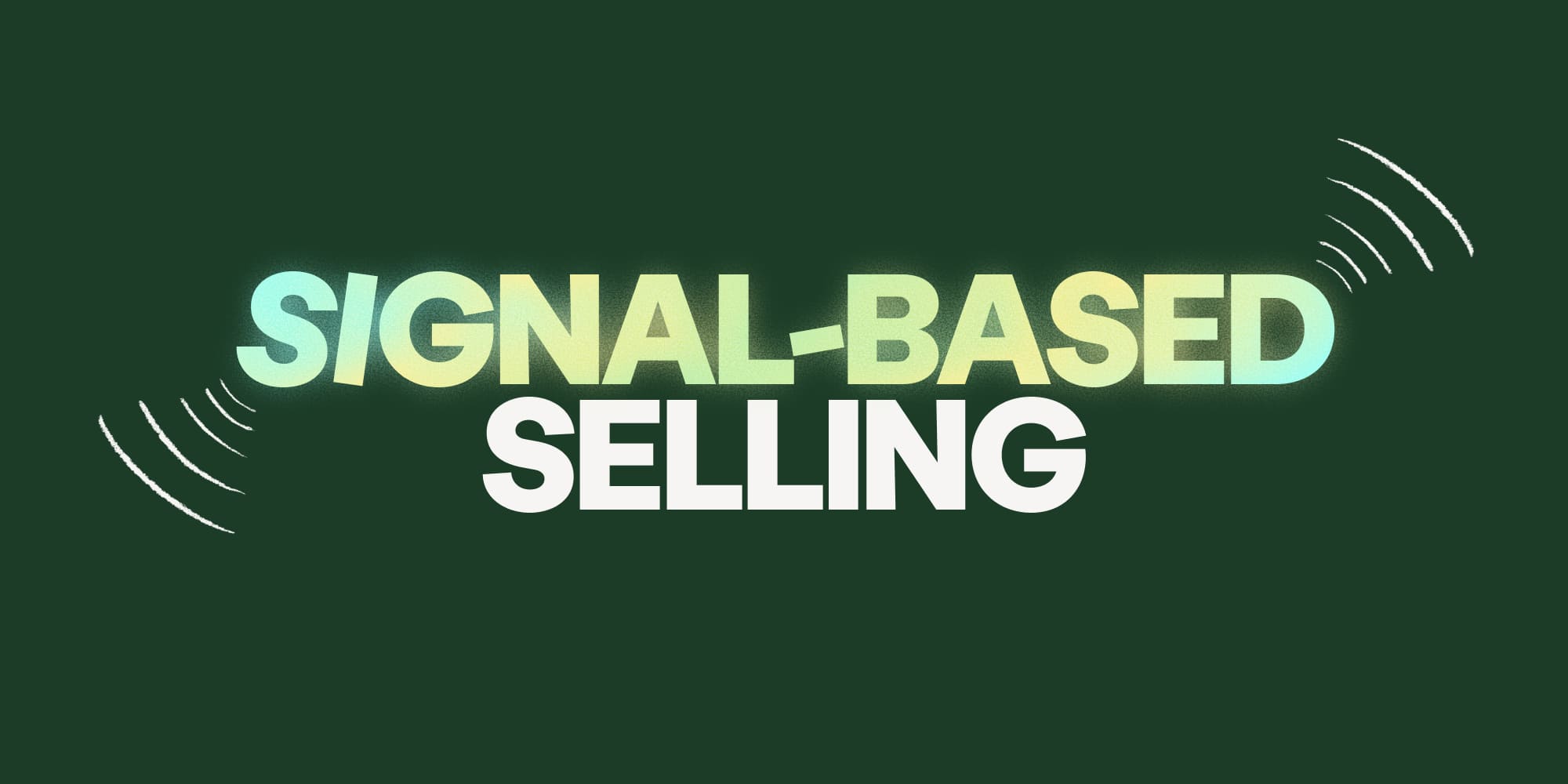Sales prospecting made simple: the best ways to find and qualify hot leads
•
July 23, 2024
.jpg)
If you’re not confident reaching out to potential leads, your prospecting strategy could be to blame. Being constantly rejected could be a sign that you’re targeting the wrong people. By the end of this article, you should be equipped with everything you need to know to identify high-quality leads, nurture relationships, and close more deals!
Sick of sending cold emails that go unanswered?
Does the idea of cold calling complete strangers make you queasy?
If you’re not confident reaching out to potential leads, your prospecting strategy could be to blame. Being constantly rejected could be a sign that you’re targeting the wrong people.
But you’ve come to the right place! In this guide, we’ll share our prospecting secrets to help you build a rock-solid pipeline generation and qualification strategy to keep opportunities flowing in your pipeline.
By the end of this article, you should be equipped with everything you need to know to identify high-quality leads, nurture relationships, and close more deals!
What is sales prospecting?
Sales prospecting is the process of searching for and actively reaching out to potential customers or clients.
The goal? Find out as quickly as possible if they’re a good fit for your business.
Prospecting starts with researching potential buyers, qualifying their purchase interest, and deciding how you’ll engage them. This feeds into your outreach, such as cold calling and emailing, and getting connected with key decision-makers.
Sales prospecting sounds fairly straightforward, but the secret to good prospecting is much more nuanced.
For one thing, you should always prioritize quality of prospects over quantity. You can’t afford to chase after every potential customer—you need to find the people who are a perfect fit for your business and put the right amount of effort into converting them into customers or clients.
For another, you need to find a way to keep your prospecting on the go at all times to sustain your business growth.
Effective prospecting techniques will generate a consistent stream of new opportunities into your sales funnel that you can steadily convert into customers.
Why is sales prospecting important?
Sales prospecting is the cornerstone of a successful sales strategy. Without a steady stream of qualified leads, your sales pipeline will dry up, making it impossible to meet your sales targets.
Prospecting allows you to:
- Identify and reach potential customers early in their buying journey.
- Build relationships with prospects and understand their needs better.
- Create more opportunities for your sales team, leading to higher conversion rates and increased revenue.
It’s not enough to have an improvised, off-the-cuff prospecting strategy that you dip in and out of.
You need to spend time developing a consistent and sustainable strategy - whether it’s assigning specific reps to the task, or dedicating a set proportion of your work time to prospect each day.
The sales prospecting process in 3 steps
Prospecting isn’t just about finding leads. It’s also about deciding where you’ll focus your selling efforts to get the most out of your sales opportunities.
There’s a 3-step process to effective prospecting:
1. Identifying potential leads
First, you’ll start by gathering data about individuals or companies that could benefit from your product or service.
Social media, business directories, industry events, and referrals are just some of the channels you can use to generate outbound leads.
Nevertheless, it’s important you have a well-defined Ideal Customer Profile to guide your search and filter leads to make sure they meet your target audience criteria.
2. Qualifying prospects
Not all your leads will be in the market to buy any time soon, so the next step is to qualify them.
Sales qualification means determining whether they have the budget, authority, need, and timeline (BANT) to make a purchase.
If you skip this qualification stage, you’re liable to waste time on non-converting leads whilst missing out on real deals.
3. Prioritizing prospects
After qualifying your prospects, you’ll be able to prioritize them based on factors such as their level of interest, purchasing power, and alignment with your ICP.
Prioritizing helps you allocate your time and resources more effectively. Only 3% of your audience is in the market to buy at any given time, so it’s important you reach out to them at the right time!
5 effective sales prospecting techniques
Below we’ve shared some of the most common prospecting strategies for B2B sellers, but your prospecting strategy will depend on your target audience and their favorite channels.
We recommend keeping your prospecting as diverse as possible until you get an understanding of which channels yield the best buyers.
Cold calling
Cold calling involves reaching out to potential customers who haven’t expressed interest in your product or service.
Yes, it can be daunting. But cold calling remains one of the most effective and preferred ways to connect with new prospects because it allows for direct, real-time interaction.
The key is to strike a balance between having a strong script and being agile enough to handle objections confidently.
Email outreach
Compared to cold calling, email outreach is a less intrusive method of contacting potential customers. It allows you to establish a connection and start a conversation with prospects at their convenience.
Personalizing your emails and following up regularly significantly increases your response rates and engagement. Try to make sure your emails are brief, to the point, and memorable, because chances are you’ll be fighting with other companies for space in your prospect’s inbox!
Using social media
Social media platforms like LinkedIn can be incredibly powerful for sales prospecting.
If you’re in an industry (like SaaS or tech) that draws a lot of users on LinkedIn, you have a great opportunity to build relationships, share relevant content, and position yourself as an industry expert amongst your target audience.
Reaching out to potential clients feels more authentic because they can associate your connection with a face, and you can glean valuable insights from their profiles too.
Social selling can also help you engage prospects who might not respond to traditional outreach methods.
That said, prospects in more traditional industries - such as manufacturing or public services - might not be so active on LinkedIn, in which case you’ll need to get creative with your cold calls and emails.
Asking for referrals
One of the most effective ways to generate new, high-quality leads is by asking your current customers for referrals.
Satisfied customers can introduce you to other potential clients within their network that align closely with your ICP. The warm introduction also means that these leads will be more likely to convert!
Make it a habit to ask for referrals during your regular check-ins or after a successful deal It never hurts to ask!.
Looking for intent
Looking for signs of purchase intent allows you to pinpoint your most qualified prospects, fast!
There are many different signs of potential buying intent, whether it's prospect behavior on your website, recent company funding, or prospects actively checking out your competitors. In any case, these signals give you a reason to reach out immediately whilst tailoring your pitch to their interests.
It’s difficult to research intent manually, so you might look for a tool that will automate the process and bring you sophisticated signals your competitors won’t have!
Common challenges in sales prospecting
So much for what you should do when prospecting.
Now let’s look at the common pitfalls and how to avoid them:
Dealing with rejection
Rejection is an inevitable part of sales prospecting. But a "no" today doesn’t mean a "no" forever!
Learn to embrace rejection as a learning opportunity. Analyze each rejection to understand what went wrong and adjust your approach accordingly.
Stay positive, keep refining your pitch, and don’t let rejection deter you from reaching out to new prospects!
Managing time effectively
We recommend you allocate specific time blocks in your schedule dedicated solely to prospecting activities. Avoid multitasking during these periods to maintain focus and productivity - because if you neglect your prospecting, your entire pipeline will suffer!
You can use tools like calendars, task managers, and CRM notifications can help you stay organized and manage your prospecting tasks.
Staying motivated
Maintaining motivation can be tough, especially when facing repeated rejections or slow progress.
Set achievable goals and break your prospecting tasks into smaller, manageable steps, and don’t forget to celebrate small wins to keep your morale high!
Look for ways to learn from prospecting pros (LinkedIn is a knowledge goldmine) and regularly remind yourself of your long-term objectives to stay driven.
Over-doing your prospecting
High-pressure tactics such as incessantly emailing, calling, talking over your prospect, or pushing too hard for a sale can backfire. Prospects can sense desperation, which can easily put you at a disadvantage.
The most successful sellers position themselves as credible advisors rather than just salespeople.
Think about approaching every prospect as a problem-solver and someone worthy of their trust, and conversions will take care of themselves!
Under-doing your prospecting
On the other side of the coin, you can fall into the trap of being too lacklustre in your prospecting.
You might rely too heavily on automated processes and fail to engage with prospects personally. Or perhaps you send out generic, automated emails without any follow-ups.
The result is that prospects feel you don’t really care and won’t feel inclined to trust you with solving their pains.
Prospecting can be draining, but you can’t slack off. It’s important you make every potential buyer feel valued as an individual and recognized. Automation tools can help ensure you always follow-up with prospects and that every touch is personalized so every conversation has the best chance of success!
Prospect faster and smarter
Good prospecting depends on mastering the basics: if you understand your ICP, know what messaging is likely to resonate with them, and have a general idea of when they’re likely to buy, you’re in a great position to start building qualified pipeline.
The secret to excellent prospecting is just consistency. Once you know what works for your audience, it’s simply a matter of scaling your processes so you can find more qualified leads, faster.
Sound simple? With Amplemarket, it is! Amplemarket helps you find your next-best buyers and uncover actionable buying signals with zero effort. To find out more about how it works, sign up for a demo today.
Subscribe to Amplemarket Blog
Sales tips, email resources, marketing content, and more.










